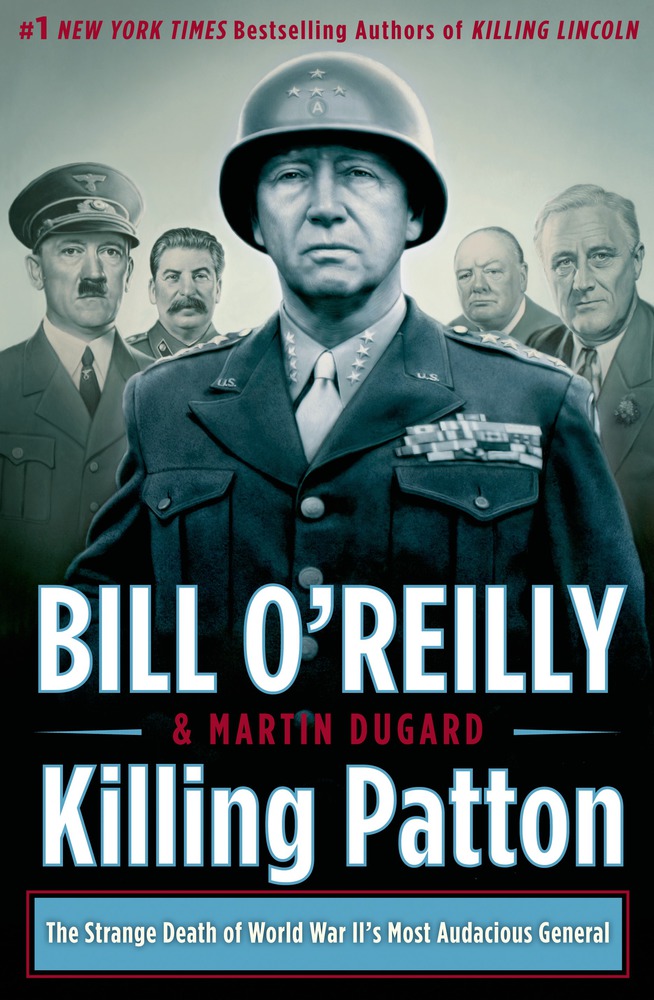I don’t particularly subscribe to Bill O’Reilly’s political beliefs, but that’s neither here nor there. My boss strongly recommended his “Killing…” series to me, and as an avowed history buff, it didn’t take much persuading. Because I work a stone’s throw away from the Barnes & Noble bookstore in Boulder (not to mention the fact that I’m an impulse book purchaser) I was soon walking out with four of the books in that series.
This was the first book that I chose to read. I have always found George S. Patton fascinating, as both a man and as a fighting general; much of that stems from the movie Patton, starring George C. Scott in the titular role. Patton was a larger than life character, and it’s fair to say that the man became a true legend. Part of that may well be attributed to his untimely death in a motor vehicle accident, shortly after the Second World War came to a close.
As a title, “Killing Patton” is something of a misnomer. It refers to a number of events which occurred in 1945 that led up to General George S. Patton’s death that, when taken together, do indeed look suspicious. A British-made Spitfire attempts to shoot Patton’s plane out of the sky in what is brushed off as an accident, for example. Without going into too much detail, the road traffic accident which would ultimately take Patton’s life turned out to be both grossly under-investigated and rather mysterious. When one considers that Patton was becoming increasingly outspoken where Stalin’s Russian regime was concerned, voicing opinions that were embarrassing to the Eisenhower administration, the possibility of his being ‘taken out’ by covert operatives becomes somewhat believable.
With that being said, the whole “was Patton murdered?” aspect is given a very limited page count, with most of it appearing at the end of the book. Interesting, yes, but not the most compelling reason to pick up the book. Where Killing Patton really shines is as an overview of the last stages of Patton’s career and the final year of World War II. with a cast of characters that includes Adolf Hitler, Josef Stalin, Winston Churchill, FDR, Omar Bradley, Erwin Rommel, Otto Skorzeny, and many other colorful individuals, the pages soon fly by. O’Reilly and Dugard are great popularizers of history, and therein lies the book’s real strength. It is an immensely readable account of the collapse of Hitler’s Third Reich and the destruction of Nazi Germany, with an emphasis on the role played by Patton and his Third Army.
This is the kind of history book that will keep you up late with the refrain of “just one more chapter.” A real page-turner, Killing Patton is all the better for being true.


